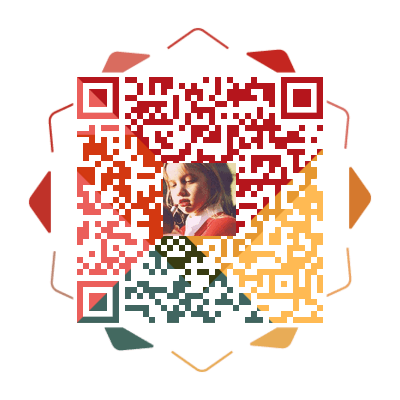Vue 组件通信详解
组件通信的重要性
在 Vue 应用中,组件通信是一个核心概念,良好的组件通信机制可以让应用更容易维护和扩展。
Props 父子组件通信
父组件传递数据
1
2
3
4
5
6
7
8
9
10
11
12
13
14
15
16
17
| <!-- 父组件 -->
<template>
<child-component
:message="message"
:user="user"
/>
</template>
<script setup>
import { ref, reactive } from 'vue'
const message = ref('Hello from parent')
const user = reactive({
name: 'John',
age: 25
})
</script>
|
子组件接收数据
1
2
3
4
5
6
7
8
9
10
11
12
13
14
| <!-- 子组件 -->
<template>
<div>
<p>{{ message }}</p>
<p>{{ user.name }}</p>
</div>
</template>
<script setup>
defineProps({
message: String,
user: Object
})
</script>
|
Emits 子父组件通信
子组件触发事件
1
2
3
4
5
6
7
8
9
10
11
| <template>
<button @click="handleClick">Click Me</button>
</template>
<script setup>
const emit = defineEmits(['update', 'delete'])
const handleClick = () => {
emit('update', { id: 1, data: 'new data' })
}
</script>
|
父组件监听事件
1
2
3
4
5
6
| <template>
<child-component
@update="handleUpdate"
@delete="handleDelete"
/>
</template>
|
依赖注入 Provide/Inject
父组件提供数据
1
2
3
4
5
6
| <script setup>
import { provide, ref } from 'vue'
const theme = ref('dark')
provide('theme', theme)
</script>
|
子组件注入数据
1
2
3
4
5
| <script setup>
import { inject } from 'vue'
const theme = inject('theme', 'light') // 第二个参数是默认值
</script>
|
事件总线
虽然 Vue 3 移除了全局事件总线,但我们可以使用 mitt 库实现:
1
2
3
4
5
6
7
8
9
10
11
12
13
|
import mitt from 'mitt'
export default mitt()
import eventBus from './eventBus'
eventBus.emit('custom-event', { data: 'hello' })
import eventBus from './eventBus'
eventBus.on('custom-event', (data) => {
console.log(data)
})
|
Vuex/Pinia 状态管理
对于大型应用,推荐使用状态管理库:
1
2
3
4
5
6
7
8
9
10
11
12
13
14
|
import { defineStore } from 'pinia'
export const useUserStore = defineStore('user', {
state: () => ({
name: 'John',
isAdmin: false
}),
actions: {
updateName(name) {
this.name = name
}
}
})
|
最佳实践建议
- 优先使用 props 和 emits 进行父子组件通信
- 对于深层组件通信,考虑使用依赖注入
- 复杂状态管理场景,使用 Pinia
- 避免过度使用全局状态
- 保持数据流的可预测性
提示:选择合适的通信方式对于构建可维护的 Vue 应用至关重要。根据具体场景选择最适合的通信方式。


